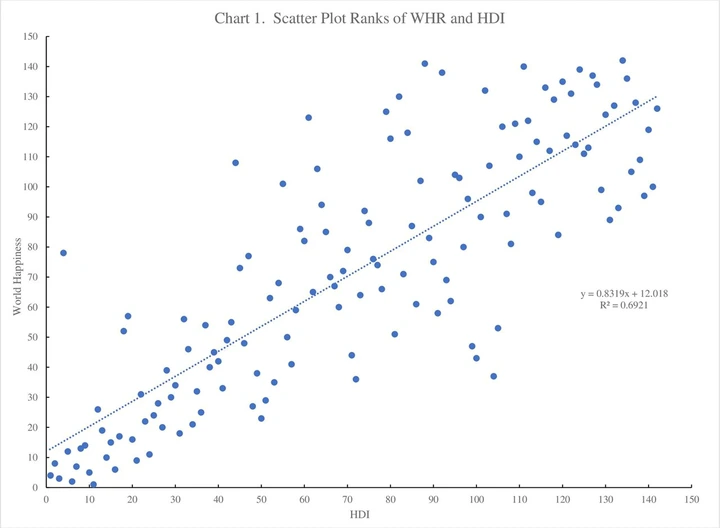A happiness specialist reveals a concerning pattern: 'A decline in the overall well-being of the youth.'

View pictures in App save up to 80% data.
Economist David Blanchflower focuses on the topic of happiness. For over twenty years, the Bruce V. Rauner 1978 Professor has authored more than 30 research papers that uncover a consistent trend in how individuals generally perceive happiness and well-being throughout their lives.
This pattern, which has been reproduced countless times by various researchers, is well-known for its representation on a U-shaped graph.
"Essentially, our research indicated that individuals experience their lowest levels of happiness during middle age. Happiness seems to be prevalent in youth and again in later years, creating a U-shaped curve," explains Blanchflower, an expert in labor economics who was part of the Monetary Policy Committee at the Bank of England from 2006 to 2009.
Recently, Blanchflower and his team have observed a concerning shift. The left side of the U—symbolizing the youth—is no longer rising. What’s behind this change? Young individuals across the globe have been expressing higher levels of dissatisfaction. Blanchflower suggests that the rise of smartphones and social media could be a significant contributing factor.
Blanchflower states that although it has only come to light recently, the change in the happiness trend actually started over ten years ago.
"The U-shaped curve was once considered a key concept in social science, but that has changed," he explains. "Our findings indicate that beginning in 2013, this U-shaped trend began to fade away. It's not that the previous observations were incorrect; rather, they evolved. We are now witnessing a global decline in the well-being of young people, particularly among young women."
What raises concerns about smartphones and social media? Since the launch of the first iPhone in 2007, the prevalence of these technologies has skyrocketed, significantly altering how individuals, particularly children, interact socially.
Blanchflower notes, "When children dedicate time to smartphones, they miss out on face-to-face interactions and the activities we, as kids, enjoyed." He adds, "Neuroscientists indicate that interpersonal interactions help our brains create crucial connections that influence social and emotional development."
He contends that the hours children dedicate to smartphones could have been better utilized in interacting with peers and fostering their cognitive development. Supporting this claim, a recent study by the Centers for Disease Control and Prevention revealed a concerning correlation: increased social media usage among high school students is linked to a higher likelihood of experiencing bullying and cyberbullying.
And Blanchflower himself recently published a paper in the International Journal of Wellbeing on how the experience of childhood traumas, including bullying, can have lifelong negative effects.
"According to Blanchflower, the repercussions of bullying can last for decades, sometimes even up to 50 years. This suggests that cyberbullying could lead to a range of detrimental outcomes. It affects various aspects of life, including educational achievements, the quality of personal re